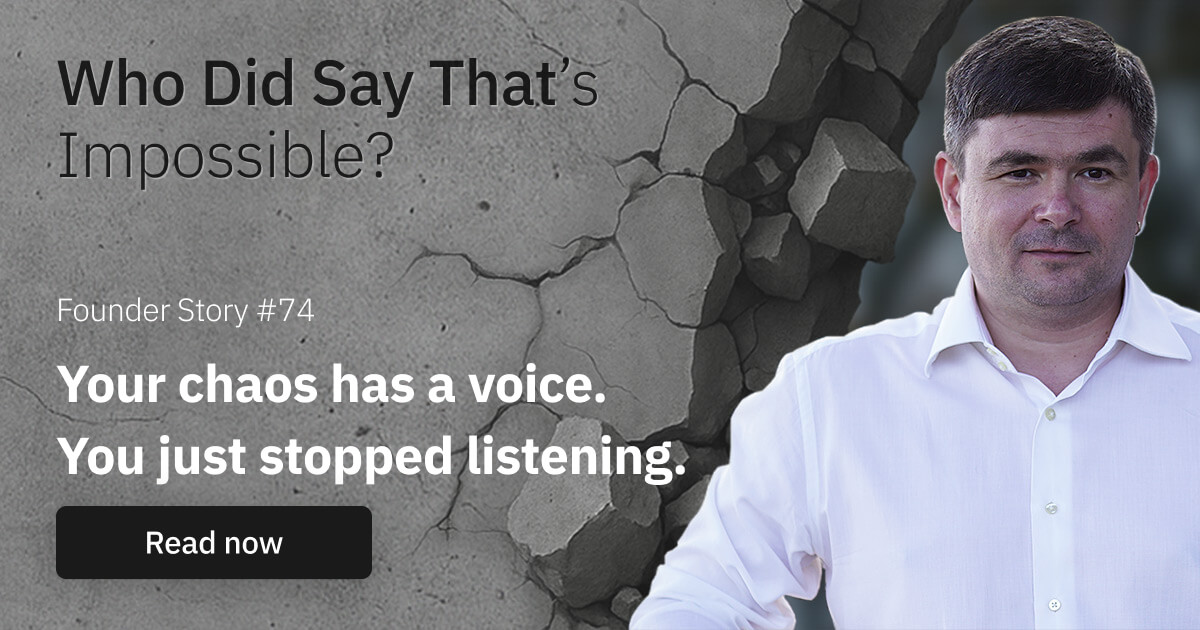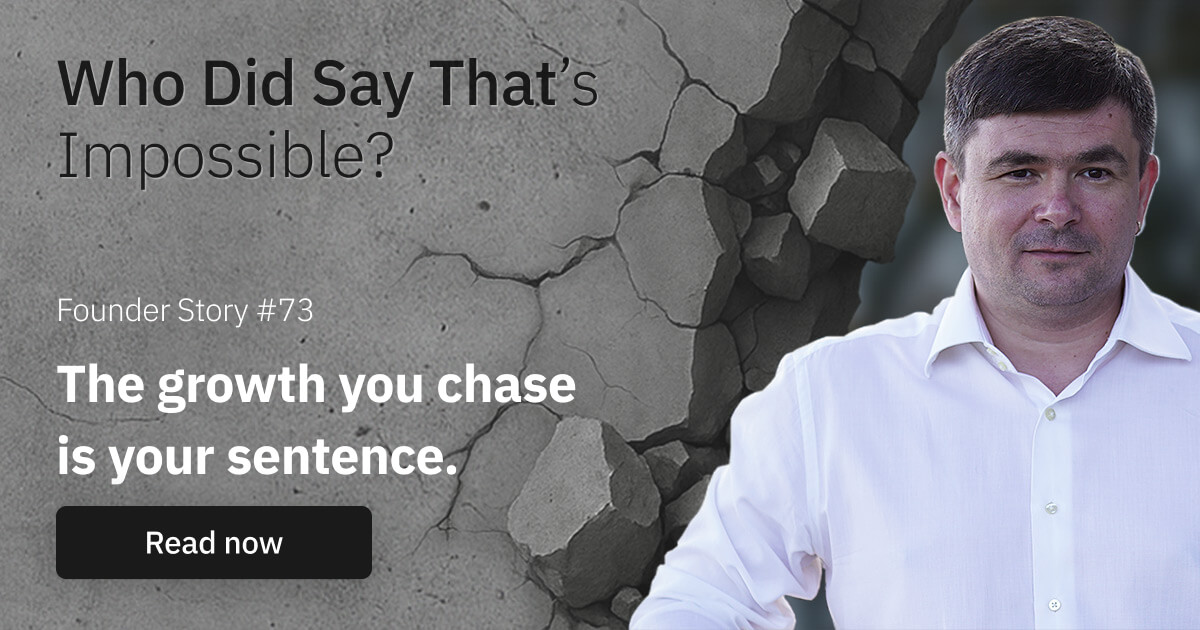Business unpacked – secrets of the “Black Box”.
Or a minute of how not to “lose your head”.
Our entire life is made up of processes.
Every time we go grocery shopping, head to work, drop kids off at school, or do anything we consider routine, we unknowingly activate a process—a fixed sequence of actions.
In fact, our brain is wired to turn everything into processes and routines.
It saves energy because every conscious decision burns a lot of it.
That’s how habits form—most of which we’re not even aware of.
Why do supermarkets shuffle entire departments around?
Is it because they’ve run out of things for their employees to do?
Not at all—it’s actually a costly effort.
But here’s the reason: they’re disrupting customer habits. People tend to navigate the same aisles and grab the same items.
It’s not entirely fair from the shopper’s perspective.
But on the flip side, how else can stores increase their profit?
If shoppers stick to their established routines, the store loses potential profits.
Lower average receipts, fewer impulse purchases—it’s bad business.
So store owners have to invest in processes designed to “disrupt” other processes.
At the highest level, any business is essentially a black box.
Money goes in, and products or services come out.
This simplicity leads outsiders to believe that running a business is easy.
But that’s only because they can’t see what’s happening inside.
Business is actually a complex net of processes.
Some directly tied to creating value, like:
- Taking orders
- Shipping and logistics
- Warranty or customer support
- Delivering services or manufacturing products
Others are about keeping the business alive:
- HR processes—hiring, payroll, and everything in between
- Financial processes—taxes, profits, reports, etc.
- Strategic management—deciding where, how, and why the business is growing
- Maintenance—office cleaning, printer supplies, and more
In small businesses, most of these processes live in the entrepreneur’s head.
And that’s what holds them back from scaling.
Delegation is key to growth. But first, you need to extract those processes from your head and formalize them so the business can follow them.
Processes are a system—a complex one.
And the bigger the business, the more complicated it gets.
But the benefits are undeniable:
- Save effort on repetitive tasks
- Guarantee consistent product or service quality
- Reduce the risk of losing “signals” (like a customer inquiry or a job application)
- Improve business management
- Minimize errors caused by the “human factor”
And the best part?
Processes are accessible to businesses of any size.
Today, a process-oriented approach isn’t just a competitive advantage.
They’re often a matter of survival.
Modern tools and the rise of AI mean even solopreneurs can implement process-driven approaches effectively.
By using the right tools and building proper systems, small businesses can dramatically improve efficiency and revenue —outperforming traditional businesses with larger teams.
10 years ago, this wasn’t even an option.
And it doesn’t require extreme effort.
One of the greatest advantages of processes is that you can build your system gradually.
Think of processes as a string of lights.
Each bulb represents a block of actions (which might itself be a process).
For small businesses, processes start as simple instructions, guides, checklists, or templates—basically, everything that “lives” in the entrepreneur’s head.
Creating these is the first step toward scalable systems.
Even a single checklist can deliver noticeable value.
As long as it’s actually used.
“A journey of a thousand miles begins with a single step.”
—Lao Tzu
In my previous email, I shared how to create your first simple process.
Today, let’s talk about how to build a great checklist, along with a downloadable example.
Disclaimer.
Every business has its nuances, and every founder has their unique context and resources. Whether or not my advice applies depends on your situation, experience, and needs. But one thing is universal—use your brain.
Think about how to apply the advice in your context before acting.
Your way.
- Eugene
Join the “most offbeat” Businessletter on entrepreneurship.

Hi, I’m Eugene.
Over the past 20+ years, I’ve grown an international agency from one-person freelance to a multimillion-dollar business. I’ve led teams, scaled systems, burned out, rebuilt, and learned (the hard way) what it really takes to run a business that doesn’t consume your life.
I help them make sense of complexity, design simple systems, and create the kind of business they actually want to run.
More Stories
Founder Stories

Your chaos has a voice. You just stopped listening
Or minute of realizing it’s not about broken communication

The growth you chase is your sentence
Or minute of realizing that not all growth is progress


